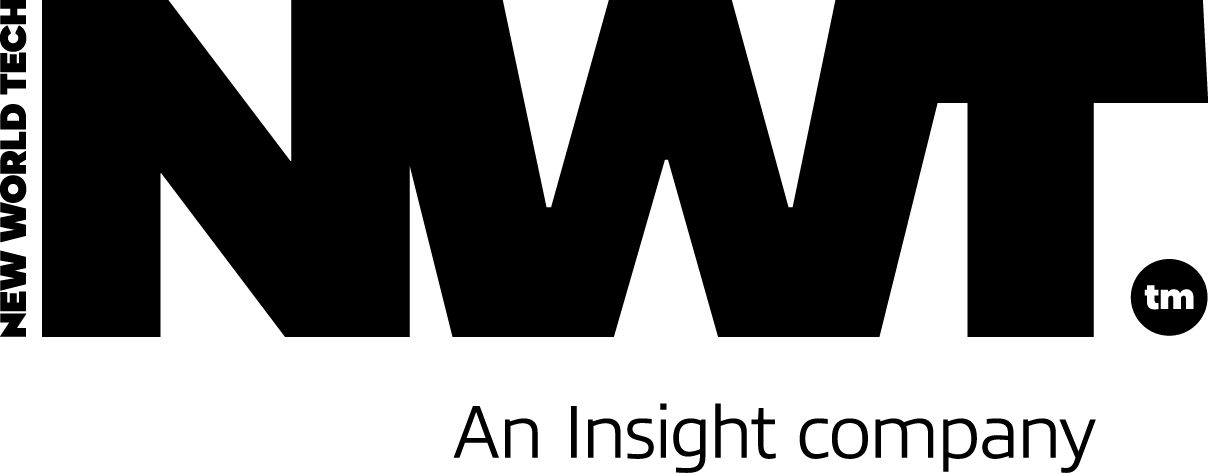The ultimate guide to the project management triangle

To ensure the effective completion of a project, project management is a complicated process that involves managing time, money, and scope. The project management triangle refers to these three components. Any project manager must comprehend the project management triangle and know how to manage it.
What is the Project Management Triangle?
The three main aspects that must be balanced in a project are represented by a framework known as the project management triangle, often referred to as the triple constraint or iron triangle. Time, money, and scope make up these three elements.
Time is the length of a project and the target date for finishing it. Cost is a term used to describe the amount of money needed to finish the job. The project’s goals, objectives, and the effort required to accomplish them are referred to as the scope.
One of the three components is shown on each side of the equilateral triangle which serves as a common representation of the project management triangle. To guarantee that the project is successfully completed, project management aims to strike a balance between these aspects.
Managing the Project Management Triangle
To guarantee that the project is finished on schedule, within budget, and in compliance with the specified goals and objectives, the project management triangle must be managed. Effective communication and thorough preparation are required for this.
Planning
For the project management triangle to be successfully managed, effective planning is crucial. A thorough project plan that details the activities, resources, and deadlines necessary to accomplish the project’s needs and objectives must be created by project managers.
Project managers must also recognise possible hazards during the planning stage and have backup strategies to deal with them. Finding possible delays, cost overruns, or adjustments to the project’s scope are all included in this.
Communication
Managing the project management triangle requires effective communication. All stakeholders, such as team members, clients, and other stakeholders, must be clearly and frequently communicated with by project managers.
This entails disseminating information on the project’s aims and objectives, budget, schedule, and current status as well as any scope adjustments. All parties involved should be on the same page and working towards the same objectives, which may be achieved through effective communication.
Balancing Time, Cost, and Scope
The project management triangle has to be efficiently managed by achieving a balance between time, money, and scope. To guarantee that the project is finished on time, within budget, and in compliance with the established goals and objectives, trade-offs between these aspects are required.
Project managers may need to make changes such as hiring more staff or changing the timeline, for example, to make sure a project is finished on time. Similarly, to this, if the budget is surpassed, project managers could need to change the project’s schedule or scope.
Project management is sometimes hampered by scope creep, which can cause costs to rise and delivery dates to slip. Project managers must closely monitor changes to the project’s scope and make sure that all modifications are authorised and recorded in order to control scope creep.
Tools and Techniques for Managing the Project Management Triangle
There are a variety of tools and techniques that project managers can use to manage the project management triangle. These include:
Earned Value Management (EVM)
A project management approach called earned value management incorporates time, money, and scope to assess the effectiveness of a project. To assess if a project is on schedule, EVM compares the planned cost of work performed to the actual cost of work completed.
Gantt Charts
A visual tool for planning and monitoring project progress is the Gantt chart. Project managers may keep track of their progress and spot possible delays with the help of Gantt charts, which show the beginning and ending dates of specific activities as well as the connections between them.
Agile Project Management
Agile project management is an iterative method of managing projects that emphasises making small, gradual changes to each one. Project managers can adapt fast to changes in scope, time, and cost using agile project management, which may also assist to minimise.
Why NWT?
When you need it the most, NWT can give instant help and specialised guidance thanks to its quick availability of Project Managers. Whether the lifespan of your programme is a few weeks, months, or years. Our project managers’ remarkable skill sets allow them to design, organise, and carry out mission-critical projects within the most rigorous criteria and schedule and financial restrictions.
Our guiding principles are to make the difficult simple, to share knowledge and experience, and to always act morally. These principles aid in keeping us concentrated on working as a unit to serve our clients and go above and beyond their expectations.


